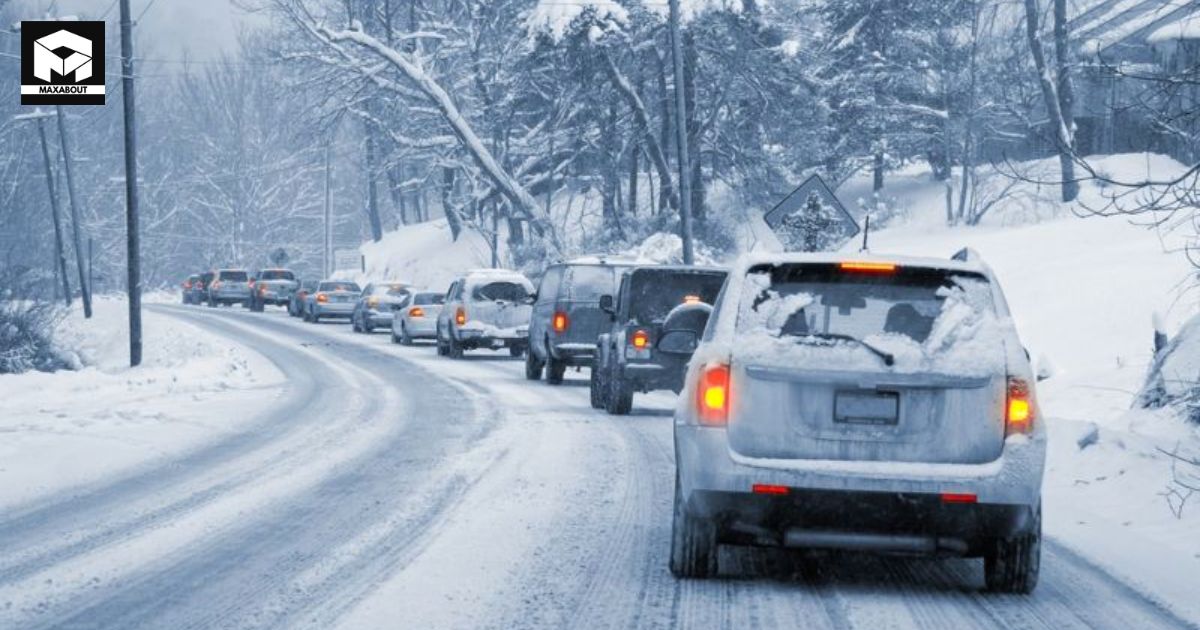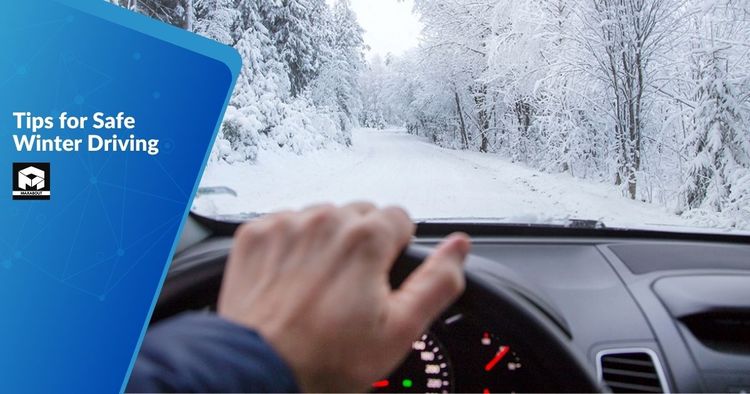Winter arrives and provides a much-needed break from the intense heat that most of India has been experiencing. However, harsher winters can cause serious problems and disturbances to day-to-day activities in areas where they occur especially when it comes to driving. The danger of accidents and vehicle breakdowns can increase due to the hazardous driving conditions caused by winter weather. To get over these challenges and provide a warm and safe travel experience in the winter proactive measures are essential. For your safety and protection when driving in the winter, below is a thorough guide:
Winter Car Care Tips
Regular maintenance is essential to keep your vehicle in optimal condition, especially during the winter months. Make sure your car is serviced regularly and remember to replace worn-out parts. By taking this preventative measure the possibility of unplanned crashes is decreased, making driving safer and more enjoyable:-
Prepare Your Vehicle for Winter Conditions
In addition to checking basic vehicle components, such as the battery, brakes, tires, and fluid levels, it's important to ensure that all components are in good working condition. For example, test the heater and defroster to ensure they function properly, as visibility is crucial during winter driving. To keep the windshield washer fluid from freezing, think about using winter-grade fluid. Additionally, inspect your vehicle's lights to ensure they are all working correctly, as daylight hours are shorter during the winter months.
Clear Snow and Ice from Your Vehicle
When clearing snow and ice from your vehicle, pay particular attention to areas that are essential for visibility, such as all windows, mirrors, headlights, and taillights. Clearing snow from the roof of your vehicle is also important to prevent it from blowing onto the windshield or onto other vehicles while driving. Remember to clear any snow or ice from the hood and trunk as well.
Drive Slowly and Smoothly on Snowy Roads
Driving at reduced speeds allows for better control and reaction time on snowy or icy roads. Avoid sudden movements, such as sharp turns or quick acceleration, as these can lead to loss of traction and control. Instead, accelerate and decelerate gradually to maintain traction with the road surface. If you encounter a particularly slippery section of road, such as an icy patch, avoid sudden braking or steering inputs, as these can cause skidding.
Brake Strategically to Avoid Skidding
When braking on snow or ice, apply steady pressure to the brake pedal to avoid locking up the wheels. If your vehicle is equipped with ABS, you may feel a pulsing sensation in the brake pedal as the system engages to prevent wheel lock-up. If you don't have ABS, practice threshold braking by applying firm pressure to the brake pedal without locking up the wheels. Remember to leave plenty of room between your vehicle and the one in front of you to allow for increased stopping distance.
Stay Alert and Focused on Road Conditions
Driving in the winter calls for increased awareness of potential hazards and road conditions. Keep an eye out for black ice which often forms on bridges, overpasses, and shaded areas where sunlight may not reach. Watch for signs of reduced traction such as slushy or packed snow, and adjust your driving accordingly. Avoid distractions inside the vehicle, such as using mobile devices or adjusting the radio, as these can divert your attention from the road.

Use Low Beams and Avoid High Beams in Snow
Low-beam headlights improve vision in snowy circumstances because they reduce glare and reflect less light off the snow. High beam headlights can create a blinding effect when reflected off snowflakes, making it difficult to see. If you encounter reduced visibility due to snowfall, fog, or blowing snow, switch to low beam headlights and use fog lights if your vehicle is equipped with them.
Avoid Using Cruise Control on Slippery Roads
Cruise control can be dangerous on slippery roads because it can prevent you from quickly reacting to changes in road conditions. If your vehicle begins to lose traction or skid while cruise control is engaged, the system may apply additional throttle, exacerbating the situation. To maintain control of your vehicle, avoid using cruise control in winter driving conditions and instead use your foot to modulate the throttle as needed.
Know How to Handle Skids
Skidding can occur when traction is lost between the tires and the road surface, typically due to oversteering, understeering, or excessive speed. If your vehicle begins to skid, remain calm and avoid panicking. Steer gently in the direction you want to go, rather than fighting the skid. For example, if the rear of your vehicle begins to slide to the left (oversteer), gently steer in the same direction to regain control. If the front of your vehicle begins to slide straight ahead (understeer), ease off the accelerator and steer in the desired direction.
Watch for Snowplows and Give Them Space
When it comes to preserving safe driving conditions during winter weather events snowplows are essential. When driving near snowplows, give them plenty of space to operate safely. Maintain a distance of at least 200 feet behind a snowplow to avoid being struck by flying snow or debris. Avoid passing snowplows on the right, as they may have limited visibility and could unexpectedly change lanes or turn.
Plan Your Route and Check Weather Conditions
Before embarking on a winter journey, plan your route carefully and check weather forecasts along your intended route. Pay attention to road conditions, closures, and potential hazards such as snow squalls or freezing rain. Allow extra time for your journey to account for slower travel speeds and potential delays due to inclement weather. To ensure safe navigation think about utilizing a GPS navigation system or a smartphone app that offers real-time traffic and weather data.
Carry Emergency Supplies in Your Vehicle
In case of emergencies or unexpected delays, it's important to carry a winter survival kit in your vehicle. This kit should include items such as blankets, warm clothing, gloves, hats, non-perishable food, water, a flashlight with extra batteries, a first aid kit, a shovel, an ice scraper, sand or kitty litter for traction, jumper cables, a tow rope or chain, and a fully charged cell phone with a car charger. If your phone's battery runs out think about keeping a portable power bank with you to recharge it.
Know When to Stay Home
Your safety should always come first when driving throughout the winter. conditions. If weather conditions are severe or if you're not comfortable driving in snow, ice, or low visibility, it's best to postpone your trip or stay home altogether. When driving, follow your gut and exercise sound judgment to steer clear of dangers.
By following these comprehensive tips for safe winter driving you can lower the risk of accidents and ensure that driving is smoother and more enjoyable throughout the winter months. It's important to always put safety first and drive carefully during the winter.

